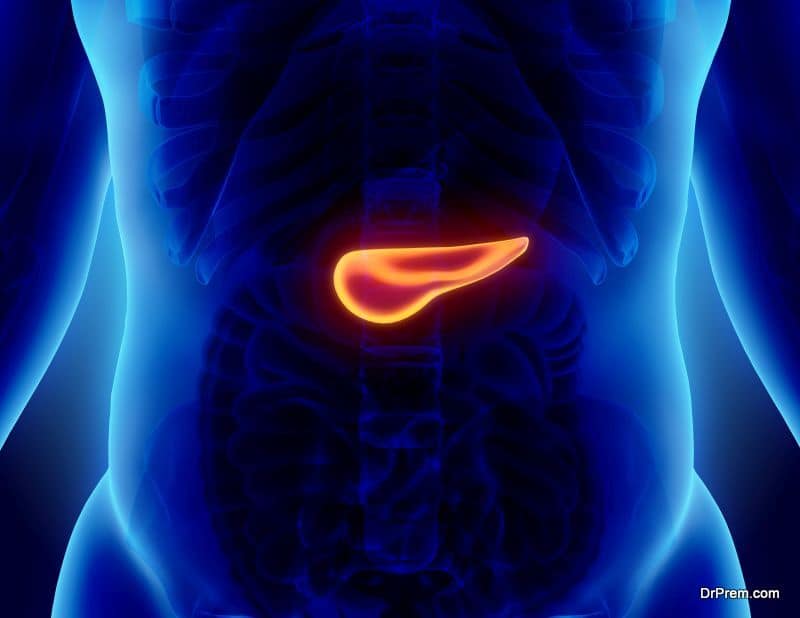Kids suffering from Type 1 diabetes, an autoimmune disease may finally have a respite from frequent blood sugar checking through the Smart Pancreas wearable device. The popularity of wearables is swelling in the health care market and the reasons are quite valid enough. In Type 1 diabetes, the need for constant monitoring of the blood sugar levels about 10-12 times a day can be quite stressful.
The responsibility of managing this ailment with kids lies with the parents and physicians as the tender age does not equip them with enough self-dependency skills. With teenage kids, this can be equally challenging as adolescence induces slackness where they need to be alerted now and then. In such cases, a wearable device can ease the situation and would enable the kids enjoy life’s activities in a tension free manner.
Researchers from the University of Virginia, USA have devised the ‘smart pancreas’ aimed to ameliorate the blood glucose levels controlling it in a superior way compared to children’s standard method of home diabetes management with the aid of an insulin pump.
The artificial pancreas is a wonder. This wearable pancreas employs two diabetic gadgets, one is the insulin pump and the other is the continuous glucose monitor which reads the blood sugar levels on a continuous basis. It transfers insulin in a programmed mode and can absolutely monitor blood sugar in children with type 1 diabetes.
The sophisticated algorithm programmed between the insulin pump and the glucose monitor makes it a better choice for the school going kids to manage their blood sugar levels away from the supervision of parents or physicians.
Initially, the efficiency of devices was demonstrated selecting 6 boys and 6 girls with type 1 diabetes. They belonged to the age group between 5 to 8 years. They even went after the children’s blood sugar control using the familiar home care system of 68 hours duration.
The children used an insulin pump plus subjected to a continuous glucose monitoring exercise.
While making a comparison of blood sugar levels, the researchers had to do necessary adaptations to the levels assessing the intensity of activities each child had exhibited.
The researchers also discovered that with the artificial pancreas, the children took a greater length of time in the target blood sugar range measured at 70 to 180 mg per deciliter. On an average, it was 73 % of the time as compared to 47 % with their usual home care system.
They had also demonstrated comparatively lesser existing period of high blood sugar levels (higher than 180 mg / dl) which is 25.8 % of the time compared to 51.5% under the usual home blood sugar management. These two remarkable findings make this wearable device more favorable.
There was almost no occurrence of low blood sugar. It recorded an average of only 3.3 low blood sugar occurrences with the artificial pancreas as against 4 such experiences with the familiar home care methods. It has the capability to trace the patient’s blood sugar level and fix up the quantity of insulin given to keep the blood sugar within the target range.
Smart Pancreas is going to provide 3 unique benefits straightaway:
- The normal blood sugar level would last for longer period reducing the frequency of insulin injection.
- High blood sugar condition would not last for a longer time.
- Much lesser chances of low blood sugar occurrence.
Till date, it is imperative to determine the quantity of insulin to be administered to children round the day to skirt low or high blood sugar levels that may turn precarious. Even with an insulin pump, it can be hard to reckon exactly how much insulin the child needs because of inconsistencies in the carbohydrate intake and the intensity of the child’s agility.
Given the encouraging stats of the trials, Smart Pancreas can undoubtedly bring a turnaround scenario in Type 1 Diabetes management among the kids. Now it is the pricing that would decide the popularity of this wearable. Considering, the ever increasing population of Type 1 diabetes patients across the globe, it can be expected that the cost would be reasonable enough to enable more patients avail this wearable which will ultimately test its efficacy.







